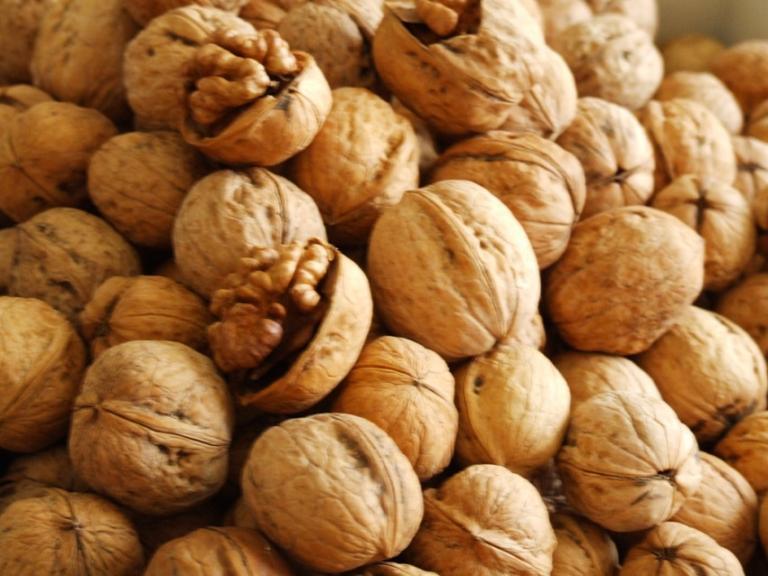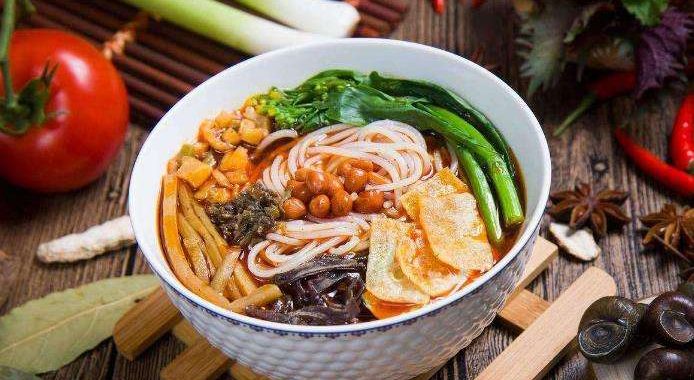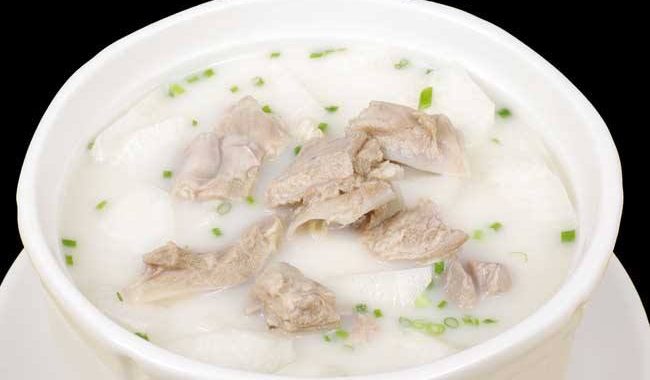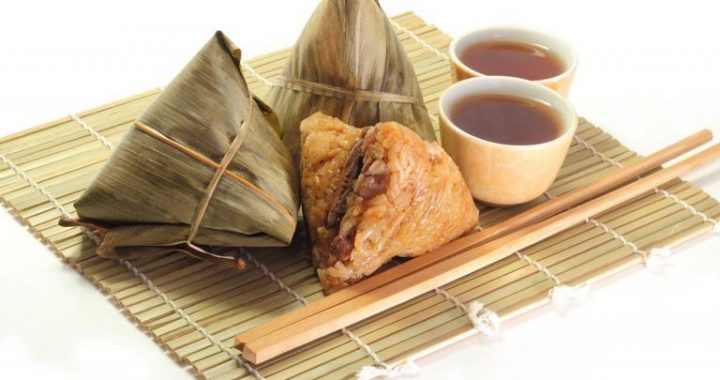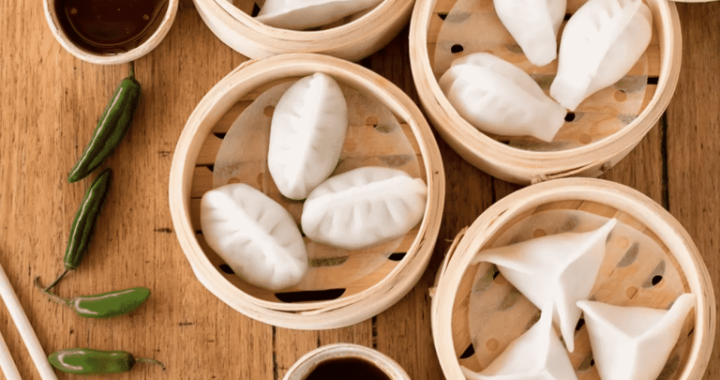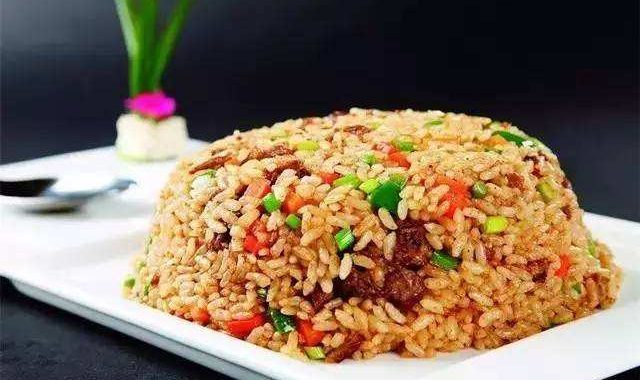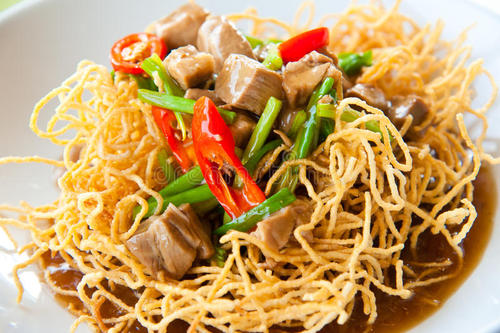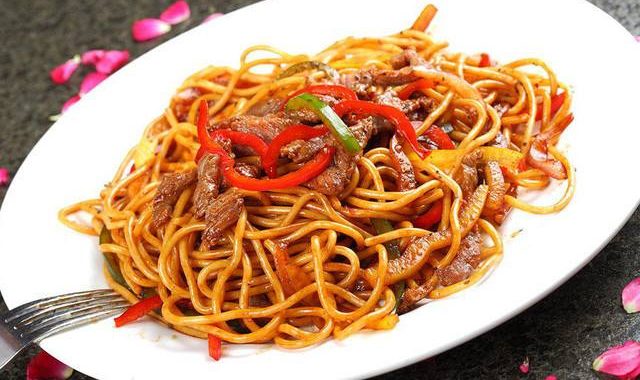Xinjiang Walnuts
5 min readChina’s best walnuts are in Xin jiang, while the best walnuts of Xinjiang are in Hotan.
Hotan is one of the earliest areas to plant walnuts and also the famous hometown of walnuts. Archaeologists in Xinjiang unearthed walnuts and other articles in Tuokuzishalai in Bachu County, the ancient site of the Northern Dynasties (386 A.D. to 581A.D.), and in Astana tomb in Turpan County,a tomb of the Tang Dynasty, which explains that walnuts were planted in Xinjiang as early as 1,300 to 1,500 years ago. Walnuts are cultivated with an extremely wide range all over Xinjiang, from Yutian in Southern Xinjiang to Bole in Western Xinjiang, from the western Tashkurghan to the eastern Kumul, from Turpan with an altitude of 47 meters to Sangzhu in Pishan County with 2,300 meters in height above sea level. Particularly, walnuts produced in the surrounding oasis of Tarim Basin are the best in Xin jiang with forefront output in China and are abundantly sold to inland China and exported to Germany, the UK, Canada and Australia and other countries. There are many good varieties of walnuts in Xinjiang, such as ultra-thin shell walnut, thin-shell walnuts and paper-shell walnuts.
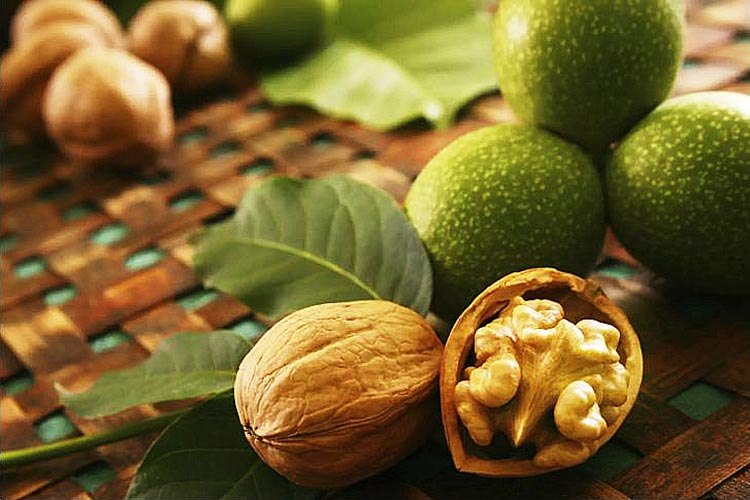
As the saying goes,”It takes three years for peach to fruit, four years for apricots to fruit, and five years for pears to fruit, but walnuts need nine years.”It takes a long time for walnuts to fruit from being planted. But after being improved, Hotan walnuts can be harvested every other year with big and fragrant characteristic now. Walnuts belong to nuts of Deciduous Trees of Juglandaceae. Their outstanding effects on brain and richnutritional value have been praised highly by more and more people. China has a long history of cultivating walnuts. Early in the Han Dynasty, there was such a record,”Zhang Qian went to the Western Regions as an ambassador and brought walnuts seeds back.”
Walnuts’ hometown is Iran of Western Asia. They were brought to China by Zhang Qian who was sent on a diplomatic mission to Western Regions during the Han Dynasty and have been distributed throughout China now. For a long time, the Chinese working people carefully nurtured many new varieties of high-quality walnuts, using common walnuts and wild walnuts resources. If classified by origin places, there are Chencang walnuts and Yangping walnuts; classified by mature periods, there are summer walnuts and autumn walnuts; classified by the smoothness of the shell, there are glazed walnuts and rough walnuts; classified by the shell thickness, there are thin-shell walnuts and thick-shell walnuts. There are many excellent varieties of walnuts in other parts of China, such as Shimen walnut in Hebei, which is characterized by fine striation, thin shell, fragrant and sweet taste with a kernel rate of around 50% and an oil extraction rate up to 75% and has a good reputation of “universally valuable Shimen walnuts”. Ultra-thin shell walnuts of Ulugqat area in Xin jiang enjoy a most famous reputation and are called Kekeyi by Uygurpeople, meaning thin shell and 75% of oil content. This variety of walnuts fruits quicklywith a description as “one year to plant, two years to grow, and three years to harvest a whole basket”. Hotan County is also one of the earliest areas to cultivate walnuts with rich resources, high quality and an annual output of more than 6,000 tons, accounting for 11% of China’s gross product and ranking the forefront in China. Therefore, Hotan County is also listed as “commodity base county of famous, excellent and special walnuts”in China. In 2002, the thin-shell walnut in Hotan County was named as “famous and high-quality Chinese fruit”by the National Economic Forest Association.
Xin jiang has good walnut varieties, and many walnuts can flower and fruit two times in one year, which is rare in other provinces. Every time when walnut trees fruit, pieces of walnut leaves grow greener and fresher and can cover all the sky. Looked through the branches and leaves, strings of walnuts are covered by shiny and green shells. The walnuts are so plump as to swell and look so gratifying and lovely. In the picking season, strings of walnuts are picked and piled just like green castles. Walnuts in Xin jiang have thin shell and thick pulp, different from those walnut fruits covered by thick shells in inland China. After these walnuts are picked, orchard workers will dry them through sealing or air drying underthe local climate. When the timing is proper, pinch these walnuts and their shells will fall off by themselves and big walnut fruits will reveal before you. After being processed or treated, these walnuts can be eaten directly, or be made into dessert or concocted into tonic, and people can en joy these foods to their content.
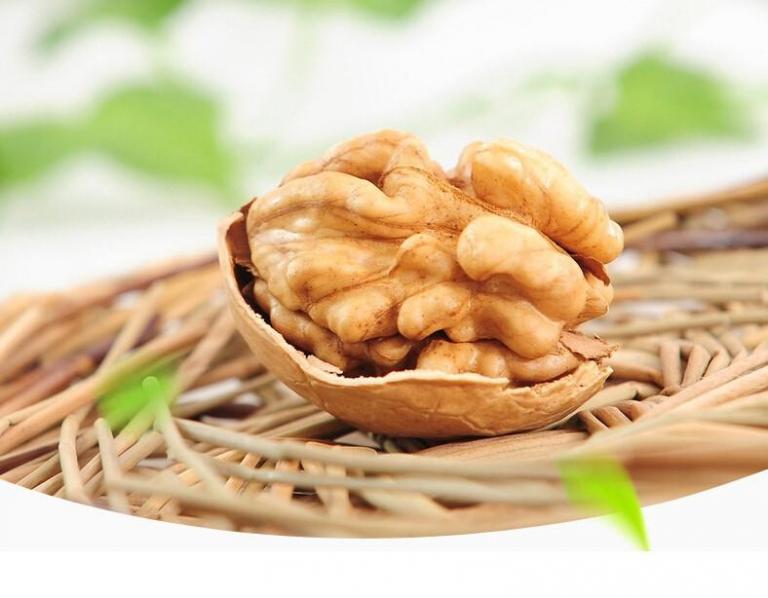
Differing from other fruit trees, walnut tree is a kind of tree which can be used as dry food, oil, wood and medicine. Semen juglandis which we usually eat in daily life are rich in protein, fat, carbohydrate, calcium, phosphorus, iron, zinc and vitamins. The nutritive value of 1kilogram of walnut equals that of about 9 kilograms of milk,5 kilograms of eggs or 4 kilograms of beef, while the calorie in 100 grams of walnuts are two times of that in grain with the same quantity.
It can be said that the walnut is valuable in every aspect. The phospholipid containedin walnut has good health keeping effect on the cranial nerve; oleic acid and linolenic acid contained in walnut oil are unsaturated fatty acid, which have effect on preventing and treating arteriosclerosis. Pregnant women eating many walnuts will be helpful for the brain development of babies; walnuts can improve the intelligence of children; walnuts can help adults make their skin moister, hair blacker and mood calmer; walnuts can help middle agedand the elderly people through preventing cardiovascular and cerebrovascular diseases. Inrecent years,”ultra-thin shell walnut”with very thin shell is very popular. Actually, this kind of walnut is the variant of ordinary walnuts with thin shell, big kernel, and this kind of walnut can be eaten conveniently and have similar nutrition as ordinary walnuts. In a sense, just as badam, ultra-thin shell walnut has become the name card of Xinjiang.
In terms of nutri-ments, walnuts are rich in nutritive value. Semen juglandis have the medicinal value of nourishing one’s vitality and blood, relieving dryness and resolving phlegm, clearing heat-dampness in san jiao and moistening lung. Walnuts are rich invitamin E and can protect the cells from oxidative damage of free radical, and are recognized by the medicinal filed as anti-aging matters. Therefore, walnut is called the”Longevity Fruit”. Walnuts have much protein and unsaturated fatty acid needed by people, and these elements can nourish brain cells, improve the function of brain, and are important substances for the cell metabolism of brain. In addition, semen juglandis have the function of preventing arteriosclerosis and lowering cholesterol levels, and can be used for treating non-insulin-dependent diabetes mellitus. For diabetes patients, walnuts can ease pain, promote leucocytes and protect liver. When you are tired, chewing some semen juglandis can make you feel comfortable and easy after the relief of tiredness and pressure.
Although walnut is not a “noble born species”, its sales volume often top among dryfruits. Besides the fresh foods, walnuts in Xin jiang also are processed into highly processed foods such as walnut oil, food, candy and beverage, extending the industry chain and increasing the value added. Therefore, walnuts in Xinjiang find a good sale in Germany, Britain and Canada, etc.
